Do electric mountain bikes have gears?

E-bikes have empowered more riders to get out on trails and explore the healthy mindfulness of adventurous all-terrain riding. However, although e-bikes and conventional mountain and gravel bikes might look broadly similar, there are distinct differences in some technologies and remarkable similarities in others.
- Welcome to Electric Week - a celebration of the e-MTB
- The anatomy of an e-bike
- How much do e-bikes cost to maintain long-term?
The battery packs and assistance motors that make e-bikes work are futuristic. Like all mountain and gravel bike components, lightweight and form factors are crucial to creating components that work within the packaging constraints of frame design and rider position. There’s no point in having an e-bike with amazing pedal-assisting range if it has an oversized motor or battery pack with weird crank spacing, compromising rider comfort.
The intricate electronic control units and sensors that seamlessly create the flow of pedal assistance when riders need it, and don’t awkwardly interfere with your descending when you don’t, are the kind of technology that off-road cyclists could only dream of a few years ago. However, with all the advancements in e-bike mid-drive motors and batteries, drivetrain technology has remained very similar, with only a few minor differences.
Let’s explore why e-bikes have continued with the conventional cycling drivetrains and how slight enhancements compensate for all that additional pedal power.
What’s the same?
If you stand any configuration of an e-bike and its equivalent analogue bike next to each other, the drivetrains are remarkably similar. That’s surprising to some riders because the expectation is that an e-bike, with its addition of a powertrain, would warrant a different drivetrain. But it doesn’t. Why?
Whether your e-bike has an analogue or wireless shifting, it mainly operates with a rear derailleur and handlebar-mounted shifter. It’s a proven design with more than a century of evolution and makes a lot of sense. But don’t gearboxes make even more sense?
Gearboxes don’t get dirty
The gearbox has long haunted the expectations of off-road riders. Its benefits are obvious: less maintenance, component wear, and enhanced rear-suspension kinematics for dual-suspension bikes.
With a gearbox, the most important drivetrain components are encased and securely lubricated, unlike the exposed gearing of a conventional cassette, exposed to all that trail dirt, which can become grinding paste in winter and prematurely wear down gears.
off.road.cc on WhatsApp
All the latest offroad cycling news, tech and buying advice straight to your phone.Follow our WhatsApp channel here
The packaging issue
If gearboxes are so great, why don’t all e-bikes use them? That question becomes even more curious when you consider that conventional dual-suspension mountain bikes don’t use gearboxes because they have more internal friction, robbing watts and are heavier.
With a dual-suspension e-bike never lacking for additional pedal power, making any internal friction losses or additional component weight irrelevant, the reason is packaging. Space constraints are one of the fundamental reasons why e-bikes don’t use gearboxes. With the mid-drive motor taking up all available space in the bottom bracket area, there’s no room for gearbox integration. It’s just too much of a packaging challenge. Or is it?
Notably, German brands have pushed the development of packaging a gearbox system within an e-MTB's motor itself, as is the case with Pinion's MGU E1.12 that's found built onto Nicolai's Saturn 16 MGU and several Bull's e-mountain bikes. However, Nicolai has taken things a step further with its Eboxx bike by installing a standard Bosch Performance Line CX motor along with a Rohloff 14-speed gear hub on its HT1 Eboxx FDT. So some brands are thinking outside of the box when in comes to e-MTB shifting.
Gearbox innovators
MGU. Motor. Gearbox. Unit. The acronym is obvious and very German, as you’d expect from Pinion, the mountain bike gearbox brand best known by most.
Pinion has pursued the lightweight and integration needed to bring better gearbox drivetrains to the mountain bike market for more than a decade. But how have e-bikes influenced its approach?
The MGU E1.12 is Pinion’s e-bike-specific solution, weighing 4.1kg and delivering a 600% gear range – more than you’d ever need for even the most ambitious e-bike riding day. Mechanical output is 600W, which should flatten even the steepest climbs, especially with that 1.82 ratio climbing gear.
Pinion has futureproofed the MGU E1.12’s electrical architecture by making it 48V, but its promised durability and form factor make it attractive. With gears that can never misalign or ghost shifts, Pinion’s MGU E1.12 only requires an oil change every 10,000km of riding.
It’s compact, too, combining the e-bike motor and gearbox in a form factor that’s not much larger than most mid-drive motors making it a lot easier for frame designers considering a gearbox option for their future e-bikes.
Intra Drive is a Scottish drivetrain company offering an alternative to the Pinion systems. The Intra Drive integrated e-bike system is compelling for several reasons, the most important being size and packaging.
Engineers at Intra Drive have created an integrated mid-drive motor and 8-speed gearbox unit, which is broadly similar in form factor to Shimano’s EP8/EP081 mid-drive motors. Even the bolting patterns are the same, meaning that e-bikes designed for the Shimano mid-drive motors (and there are many) should work with the Intra Drive system.
Core technical specifications for the Intra Drive gearbox are 473% gearing spread and total system weight, motor and gearbox, of 4.5kg. Ease of integration could enable mass adoption and scale for Intra Drive, from the many legacy e-bike models and brands already using Shimano’s EP8/EP801 system.
Smarter shifting
SRAM has developed an integrated e-biking application. It’s called the SRAM Powertrain and makes Eagle AXS transmissions work seamlessly for all your e-bike needs.
As a total e-bike motor and shifting solution, the SRAM Powertrain pairs a Brose mid-drive motor with the AXS drivetrain ecosystem, managed by smart control mechatronics, via the shifter pod.
Coast Shift is a handy SRAM Powertrain feature that allows you to shift gears without pedalling. How does that work? SRAM’s engineers have separated the crank and chainring movements when you trigger the Coast Shift function, allowing them to spin independently.
The Powertrain’s Coast Shift is an excellent feature for technical climbing. It is beneficial when you want to get the right gear for powering up and through tight switchbacks, without risking a pedal strike by needlessly pedalling on rocky or rooty sections between switchbacks – to change gear. This Coast Shift method of gear changes is also found on Shimano drive systems that are combined with modern, e-MTB-specific XT Di2 drivetrains, and is dubbed Auto-Shift.
Additionally, as e-mountain bikes transfer higher loads through the chain and into a cassette, brands need to think outside of the box in order to retain slick shifting and durability. This started as simpler single-shift shifters but has now grown into something like SRAM’s Transmission drivetrains that cope very well with shifting under load both while maintaining consistent power transfer, and smooth gear changes.
Narrowing the wear channel
Gravel bikes are expanding into 1x13 drivetrains, and 1x12 systems are now standardized on most new mountain bikes. But do e-bikes need so many gears? No. They don’t.
The abundance of pedal assistance generated by an e-bike’s mid-drive motor means that riders don’t need bail-out gears even in steep terrain. Or a huge spread of ratios, with small steps in-between. That’s, an e-bike can operate equal to all gearing needs, with a 1x10 system, running a straighter chain line for crisper shifting, even when it’s a touch dirty.
Shimano Deore CUES Linkglide 1x10 e-bike groupset is an example of how fewer gears work much better for e-bikes. By running a narrower cassette, the 1x10 e-bike drivetrain also reduces chain strain, improving durability.
Shifting under pressure
One of the reasons why legacy rear derailleur drivetrains are retained and overengineered for e-bikes, is because they can shift under some load, albeit not as smoothly as regular mountain bikes. That’s owing to the heft of extra power that an e-bike outputs on top of the rider’s. But that is where drivetrains like SRAM’s Transmission ecosystem step in to boost durability and enhance performance.
A disadvantage of the integrated mountain bike gearbox system is that it cannot shift under load at all, and requires a momentary pedal stall when shifting. This is counterintuitive and for riders navigating a technical climb, that momentary shift-stall can literally unbalance their progress.
The ability of a conventional mountain bike drivetrain to shift under pedalling loads is even more valuable in the e-bike application, where the mid-drive motor adds up to 300% more pedalling power.
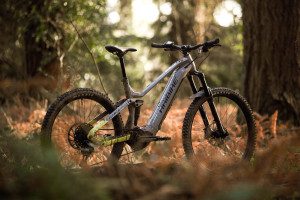

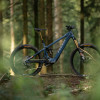
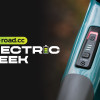
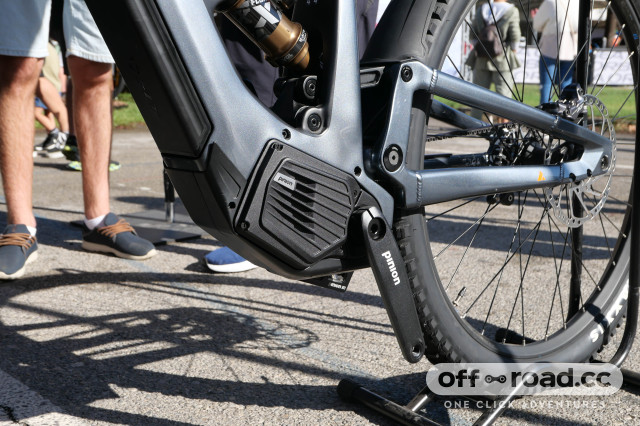
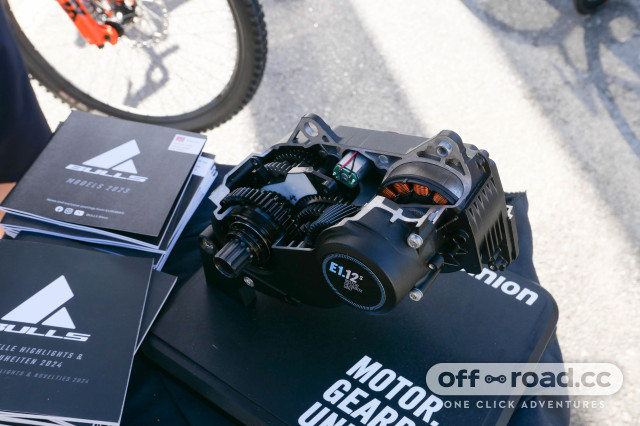
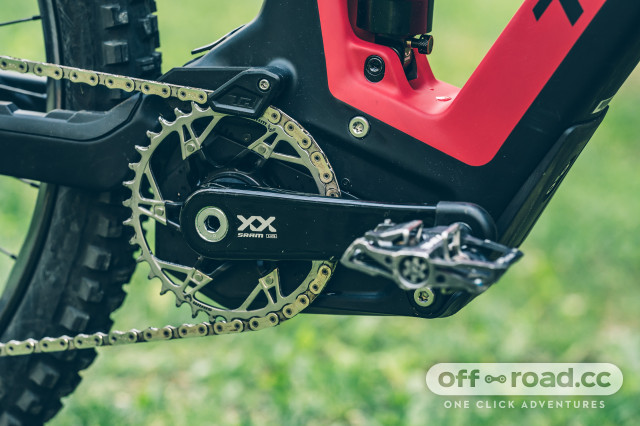


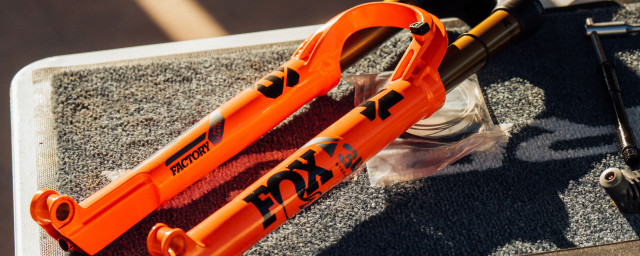
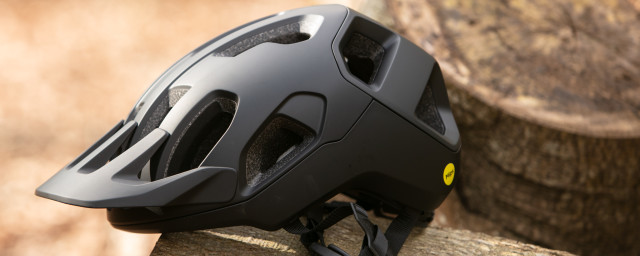
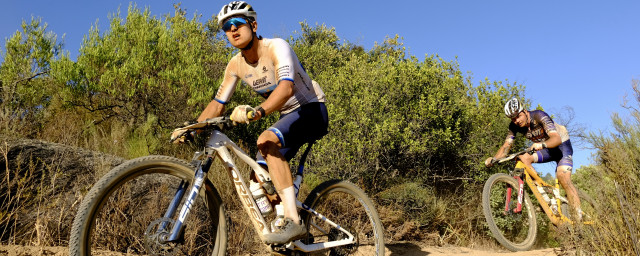
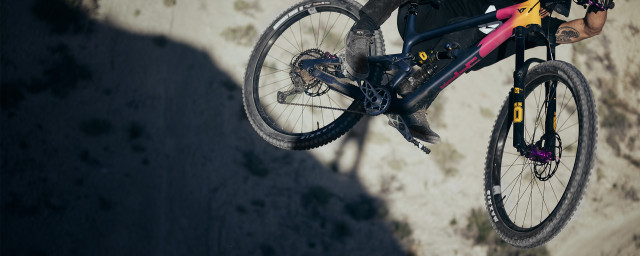
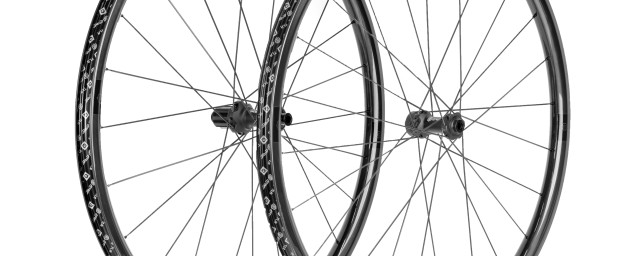

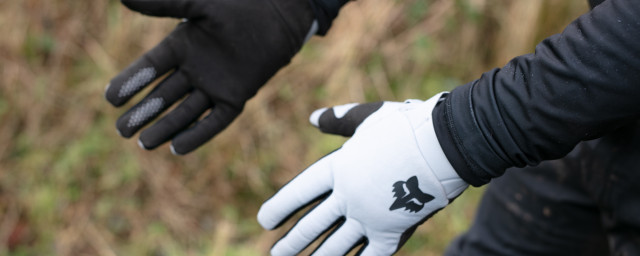
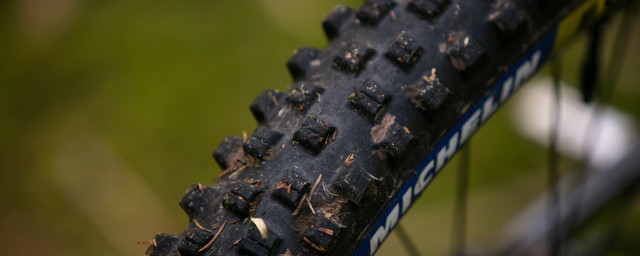
1 comments
"analogue bike" is daft - not quite as daft as "acoustic bike", but still daft. I presume you got "analogue" because you feel it's in opposition to "electrical" in some way, cause in the tech world you've got "electronic" and "analogue"? Except that's not even right... In electronics we have "digital electronics" (as in 'discrete' numbers) versus "analogue electronics". Electrical things can easily be analogue - indeed, lots of electronic stuff has analogue electronics in it. The developed world was full of analogue electronics, and even analogue electronic computers, before digital electronics came along.
The words you're looking for are "human powered bike" or "ordinary bike".
Stop using terms in ways that make fuck all sense.
Hell, an ordinary bike isn't even that analogue. The gear systems in most bikes these days shift to *discrete* gears - the opposite of the meaning of "analogue" (at least, as used in technology, where it generally is used synonymously with continuous).